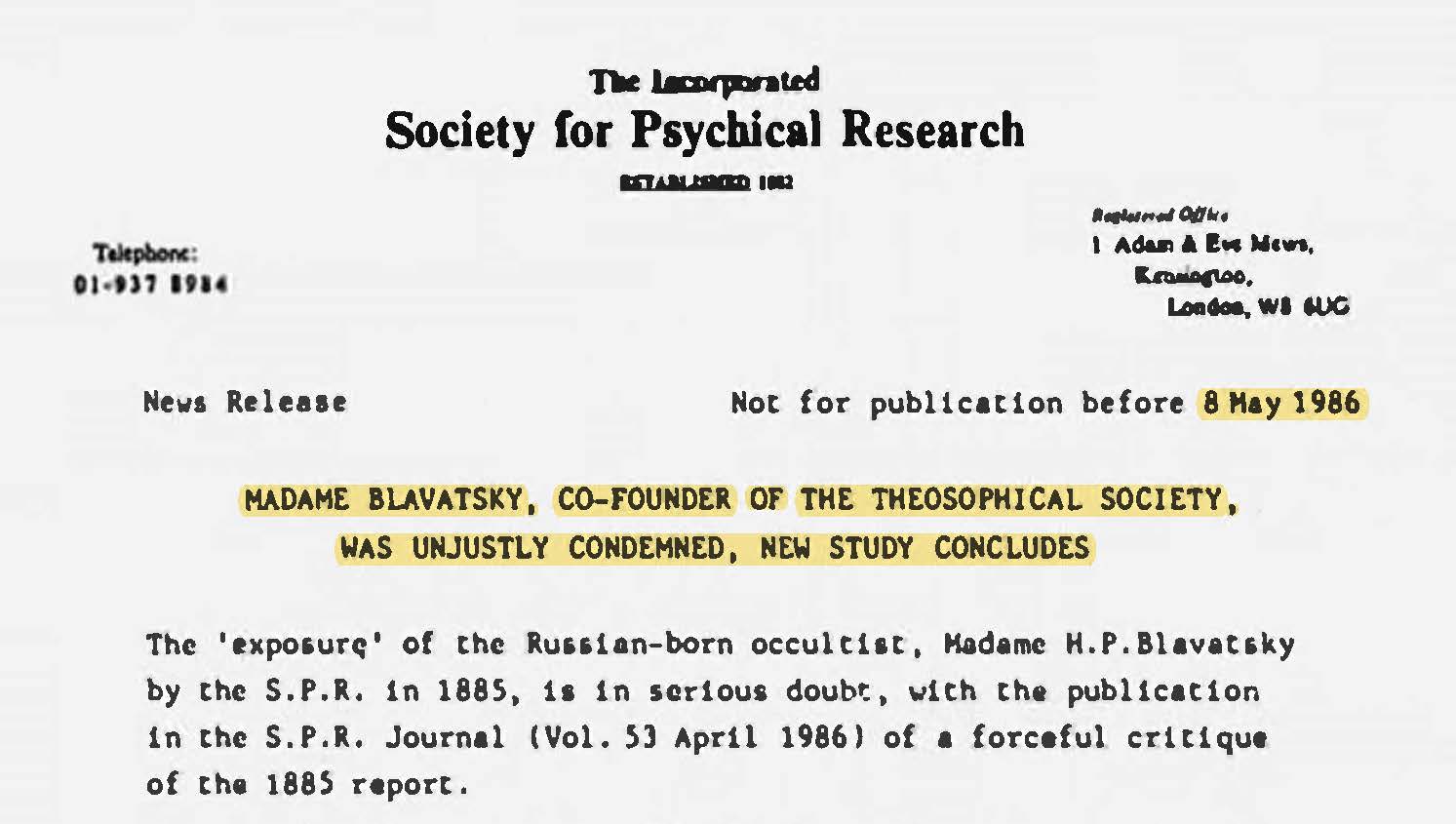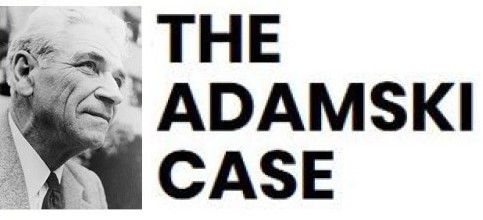(Image: Timothy Good)
No-one could maintain that George Adamski had no flaws or never made mistakes. But when faced with inconsistencies in Adamski’s statements — real or apparent — there are three important points to keep in mind.
Freedom of thought — Based on correspondences in first-hand accounts of the original contactees, the ‘prime directive’ for all those who have genuine contact with visitors from outer space, and who are asked to share their experiences with the world, is to allow others the freedom of thought to respond from an inner recognition of truth — or not, as the case may be, by always leaving a measure of inexactness or incertitude in their accounts. For many, assimilating broader notions of reality takes time and, as Adamski was told repeatedly by his space contacts, the visitors will always respect our free will: “We cannot dictate.”
Discretion — Those who work to broaden humanity’s understanding of life by acting as the ‘mouthpiece’ for a higher source, be it a Master of Wisdom from Earth or a similarly advanced being from another planet, are bound by “unwritten laws of reticence in the Master-disciple relationship”, as the late UK esotericist and contactee Benjamin Creme put it. No doubt the same is true for George Adamski, who used to tell his close associates: “My heart is a graveyard of secrets.” UK researcher Timothy Good rightly noted: “The pressures on Adamski must have been incalculable, especially since he was privy to so much secret information from both sides of the fence.” (Zinnstag & Good, 1983, p.196)
Character traits — Adamski’s character didn’t always help his case. Close associates have often described him as a man of two aspects: “Lovable, provocative, evasive at times; and at other times overshadowed by a profundity that was quite awesome. You had to get him alone and relaxed to discover this deep inner Adamski.” (Leslie, 1970, p.241) The stress under which he worked to fulfil his mission should also be taken into account when we try to gauge Adamski’s way of handling situations or questions that he felt were too pertinent. Also, according to his former associate Lou Zinnstag, he “never spoke in public of the depth of his feelings, nor of his complete involvement in his space friends’ plans.” (Zinnstag & Good, 1983, p.8)
These considerations will go a long way to explain any paradoxes or perceived ‘contradictions’ in Adamski’s accounts, except for those who require empirical, tangible proof and verification to be convinced. Detractors will nevertheless need to confront the facts that refute the various recurring allegations against his motives 🔗.

Not able or willing to do this, many attempt to belittle Adamski by calling him a “hamburger vendor” because he and his wife Mary helped out at the Palomar Gardens cafe owned by his associate Alice Wells — as if manual work is somehow inferior, or less honorable than conning or hoaxing people, or sensationalizing stories for monetary gain, as some of his detractors were known to do 🔗. They also beratingly “expose” others ghost-writing or editing Adamski’s texts, as if politicians and celebrities who publish books and memoirs do not all resort to ghost writers, and even established authors often depend on an editor to streamline their texts. Adamski himself never made a secret of his limited formal education, and that the title “professor” was given to him by his students in Laguna Beach. The fact that he was aware of his limited command of grammar and sought the help of others to write or edit the texts for his publications and letters is evidence, not of deception, but of self-knowledge.
From his earliest teaching, Adamski consistently emphasized the need to serve others if we are to know ourselves, such as in an article from February 1962: “To fully understand one’s self, one must serve the untold numbers. As untold numbers exist there are untold avenues of divine expression. (…) My advice to you is: Serve as many as you can, the greater the number you serve, the greater will be the understanding of yourself. This really should be the motive of everyone who desires to fulfill the destiny for which they were born.” (Cosmic Science newsletter, Vol.1, No.2, p.4)
Seeing the vitriol that has been poured on his character and his motives, Adamski’s must have been a special kind of bravery for taking on his mission, on a par with that of H.P. Blavatsky 🔗 (1831-1891). She, too, was slandered in her day — for proposing the evolution of consciousness and the existence of a natural, or rather, spiritual kingdom above the human — and very few people know that the report from 1885 in which the Society for Psychical Research denounced her as a fraud was unequivocally revoked 🔗 no less than a century later.

As Adamski himself said in his introduction to Cosmic Philosophy (1961), titled ‘The Truth about Truth‘: “Because there are diversified concepts of life does not mean that only one can be correct. (…) Man’s ideas may be used unwisely because he has not enough knowledge to use constructively in relation to other truths, but that does not mean that the results establish a fact.” This applies as much to the faulty condemnation of Mme Blavatsky’s work as it does to attempts to denounce Adamski’s — and no less to claims that establishing a connection between their work would be misleading.
The advances in quantum physics make it increasingly clear that there is nothing more elusive — and illusive — than our material reality, and systems science has found that consciousness underlies our objective reality 🔗. The significance of Adamski’s work is indisputable when we know that, since 1932, he presented the universe as an “invisible ocean of vibrations”, and that this view is now confirmed by systems science, which speaks of it as a “sea of coherent vibrations” (see Recent research 🔗).
Coupled with the consistency and continuity of his teaching, the historical facts that disprove false allegations, and the documentary evidence referenced in these pages, his work and the authenticity of his contacts and experiences now stand to gain wider recognition after decades of derision. Scientific proof and the personal experience of a growing number of individuals, including scientists 🔗, is beginning to clear the way towards broader acceptance of what used to be met with general disbelief, ridicule, and rejection.
FAIR USE NOTICE: This page may contain (links to) copyrighted materials the use of which has not been specifically authorized by the copyright owner. The Adamski Case publishes (links to) these materials solely for educational and research purposes, constituting Fair Use in accordance with Title 17 U.S.C Section 107 of the US Copyright Law, and Article 5 of the European Directive 2001/29/EC. Please contact The Adamski Case about any copyright or attribution issues.

